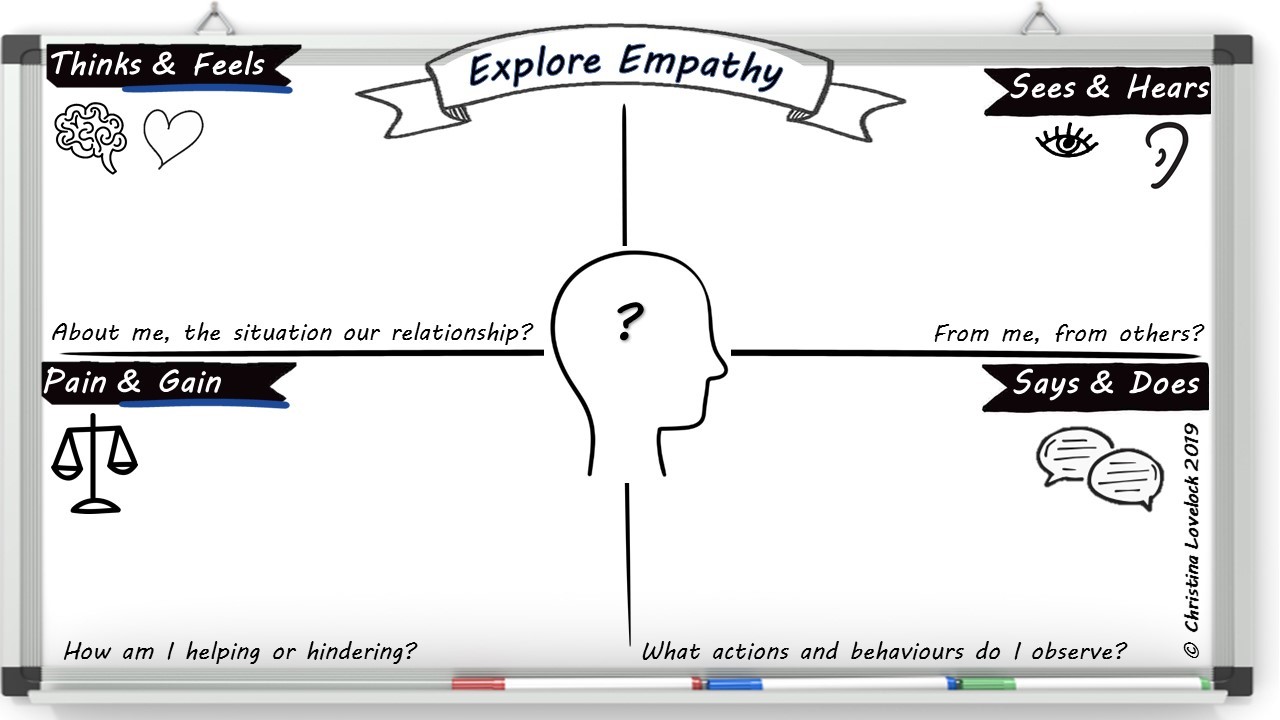
BEWARE: Analysis Kills Empathy
‘When the analytic network is engaged, our ability to appreciate the human cost of our action is repressed.’ [1]
Neurological studies have shown that our brains have two completely separate networks that deal with ‘analytical thinking’ and ‘empathetic and social thinking’, and that these are mutually exclusive processes within the brain. To engage one, we must switch off the other.
Analysts often say things like:
“That decision doesn’t make sense…”, “But they are not being rational…”, There is no logic behind it…” and “If you look at it objectively…”. These are things that are important to us, and many of us believe it’s what we are being paid to do for our organisations, but are we missing something?
Knowing that we are biologically unable to engage problem solving and empathetic mental processes at the same time gives us a significant opportunity to ensure we switch perspectives and consider both the ‘logical’ and ‘human’ view-points.
BAs need to use tools as checklists to remind us to properly explore the human side of IT, digital transformation and organisational change. There are some useful techniques which allow us to do this is a structured way such as:
- Empathy mapping
- SARAH curve
- POPIT™ Model
- Persona analysis
- User journey mapping
- Impact mapping
- Force field analysis.
Empathy mapping can be used to great effect, not just in the context of business change, customer experience or system implementation, but as a mental checklist in our day to day interactions with others.
Empathy is fundamental to building good working relationships, and to ensure the human impact of our analytical decisions is properly appreciated.

This adapted empathy model allows us to explore a particular person/ relationship in depth, and is especially useful for what we might label as our ‘difficult stakeholders’, where the relationship is not working well.
Sees & Hears
How does this situation appear to the other person? What are they hearing from me? (not the same as what I think I’m saying). Are they getting different messages from others? What do they hear about me/this situation from others? What outputs or deliverables do they see from me? What behaviour do they see from me? What is the impact of my actions on them?
Says & Does
What are their activities and deliverables? How do these relate to what I do? What do they say to me and about me? How do they behave towards me/towards others? Is there a difference? What do I observe in their body language, facial expression and tone?
Thinks & Feels
What might they be thinking about this situation/this relationship? Do they think it’s a difficult relationship? How might our relationship ‘difficulties’ be impacting them? What can I observe that helps me infer their feelings? How do they express their feelings? (choice of words, tone, volume, non-verbal cues, frequency of our interactions, methods of communication).
Pain & Gain
What are their priorities? What do they want to achieve? What are their frustrations and blockers? How am I contributing to these? How can I help them? What would be the benefits of a better relationship with me?
As is always the case with empathy mapping, there is a limit to what can be learned through observation and assumption. At some point we have to speak directly to the person we are trying to understand better, but asking ourselves these questions should help us to empathise and may improve a difficult relationship significantly.
Conclusion
Logical. Methodological. Problem solver.
Many BAs identify with these skills to the point that we see them as personality traits, but we need to understand the warning this research has given us. BAs need to hone our empathy skills to be able to truly understand and represent different perspectives, and to build our working relationships.
‘Empathy is like a muscle: It has to be trained and exercised to become stronger.’ [2]
When we have finished our logical analysis, we need to remember to switch on our empathetic analysis.
References
[2] State of workplace empathy: Executive Summary (2018)